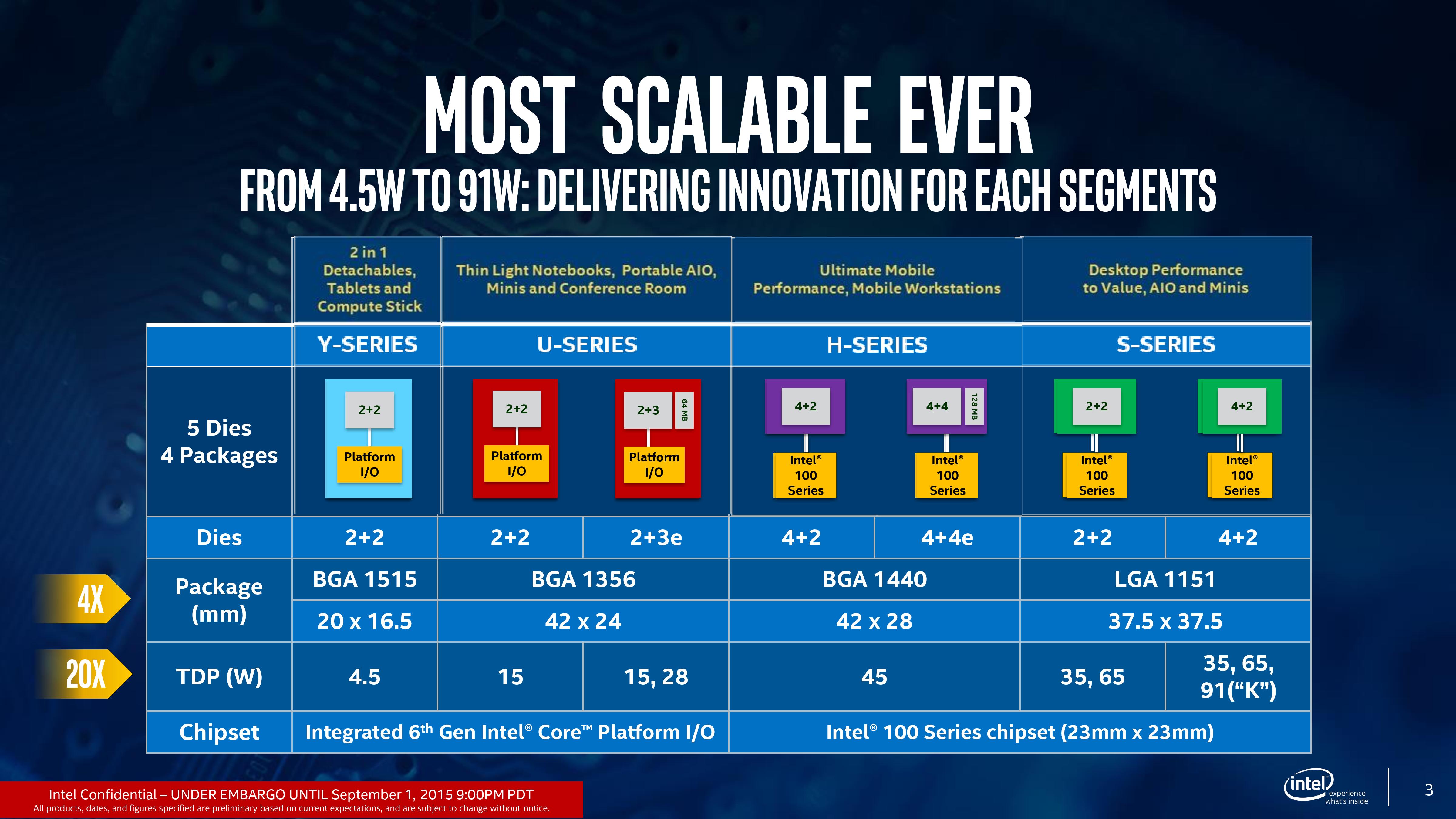FIVR was talking about the device form factor, not about the CPU/SoC packaging

Yeah my point is the core m 4.5w processors and the core i 15w processors are really the same thing. Thus we can make those comparisons there really is very little difference with a core i3 6100u at a steady ghz vs the core m that is clocked lower but turbos to the same frequency or higher (and in some models can sustain this turbo indefinitely)
If the goal is thickness and form factor than we are getting 7 mm thickness with the core m such as the ASUS Transformer 3 T305 CA which is 6.9 mm thick. Now if the skylake / kabylake cpus have a kickstand the thickness goes up to 9 or 10 mm thick but this includes the built in kickstand and once you add the ipad's smart keyboard it is going to be just as thick.
- - - - - -
Personally I think the apple Ipad Pros and the associated apple socs are beautiful hardware. I am not dissing them in the slightest and I am simply in awe of them. That said intel also has pretty good hardware and the hardware is competitive with features, speed, etc.
Only think it is lacking is battery life and even here
it is not a bad story but just as not as nice as story as the apple ipads. Then again how much of this battery life story is controlling the OS at a molecular level, in addition having far more control of what 3rd party software is allowed on it, and how many things are running in the background. An OS designed to be "open with unlimited 3rd party apps / software" and a hodgepodge of hardware and drivers is just going to find it harder to reach what you can do with a vertically integrated company with a set amount of options on the hardware, specific fine tuned drivers in regards to battery life, restricted apps and multitasking and so on. Case in point, put one of the apple ios 11 betas on the ipad and suddenly a large drop in battery life occurs. A beta is not designed for optimized battery life and you get an idea of how the difference of what you can do with the same hardware but more optimized firmware, software, etc can affect battery life.



